The concept of world maps in ancient times was quite different from the comprehensive and accurate maps we have today. Ancient civilizations had limited knowledge of the world’s geography, and their maps were often more symbolic or based on their understanding of the world at the time. Here are a few notable examples of ancient world maps:
- Babylonian World Map (c. 6th century BCE): The Babylonian World Map, also known as the “Imago Mundi,” is one of the earliest known world maps. It is a clay tablet map that depicts a simplified, circular world with Babylon at its center. The map includes various cities and regions, but it is not drawn to scale and is more symbolic in nature.
- Ptolemaic World Map (2nd century CE): The Greek astronomer and geographer Claudius Ptolemy created a famous world map based on his understanding of the world at the time. This map, often referred to as the Ptolemaic World Map, was part of his work “Geographia.” It includes Europe, Asia, and Africa, and it presented the world in a more rectangular format, similar to modern maps.
- Mappa Mundi (Various Medieval Maps): During the Middle Ages, maps known as “Mappa Mundi” were created, which combined geographical and religious information. These maps often depicted Jerusalem as the center of the world and included religious events, mythical creatures, and various countries and cities.
- Chinese and Korean Maps: Ancient Chinese and Korean maps, such as the Kangnido map, also depicted the world as known to those regions at the time. These maps often included China at the center, surrounded by various regions and countries.
It’s important to note that these ancient world maps were products of their time and reflected the limited geographical knowledge and cultural perspectives of their creators. They were not intended to provide accurate representations of the entire world, as modern maps do. The understanding of the world’s geography has evolved significantly over the centuries, and today’s maps are the result of extensive scientific exploration and accurate measurements.

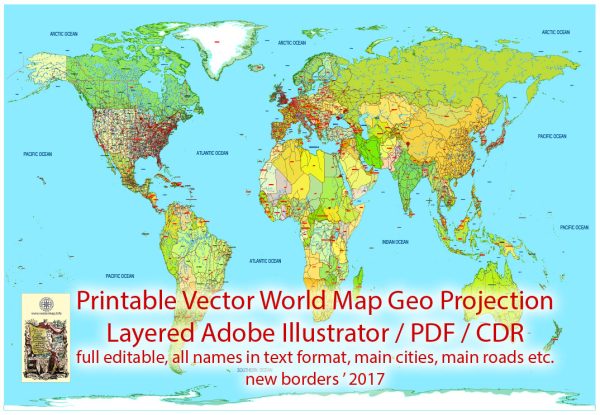
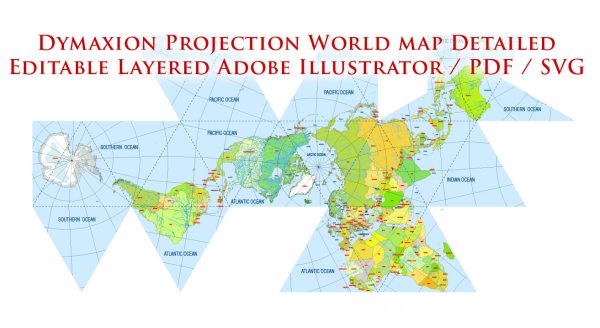
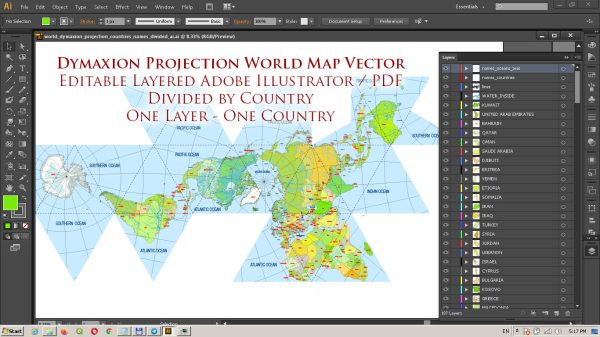
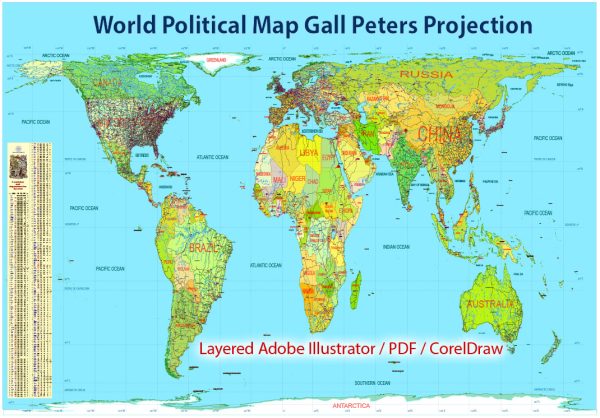
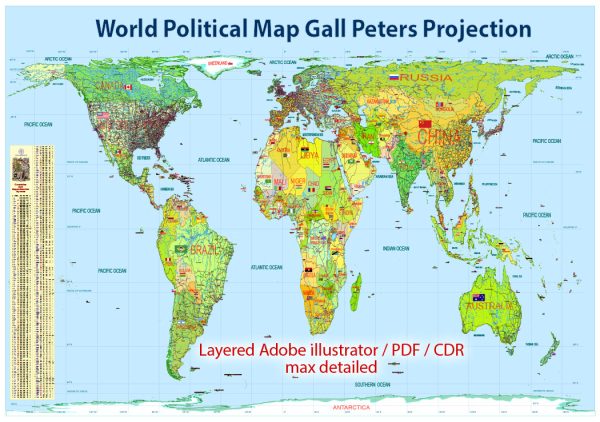
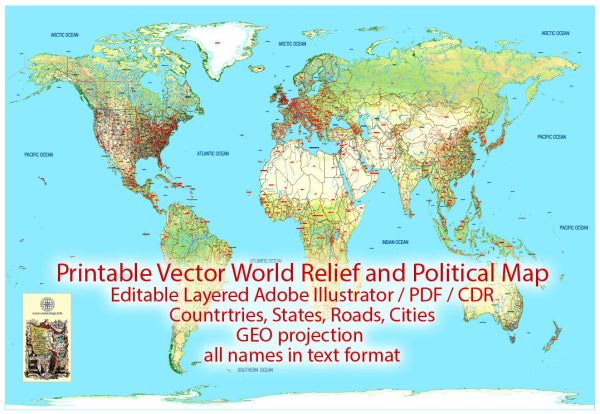
 Author: Kirill Shrayber, Ph.D.
Author: Kirill Shrayber, Ph.D.